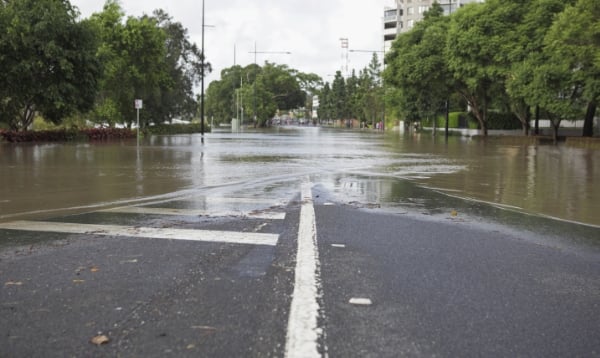While researching underwriting leakage for an earlier blog post, I discovered another, more prominent type of leakage in insurance: claims leakage. While these two concepts are similar in nature, there is a fundamental difference between them that is worth exploring.
What is the difference between claims leakage and underwriting leakage?
- Underwriting leakage is the gap between optimal and actual underwriting (selection, pricing, and conditions).
- Claims leakage is the gap between optimal and actual settlement of a claim (payment of the claim according to the policy, correctly offsetting the loss).
Put another way: Underwriting leakage is a result of the inability to predict the future, while claims leakage is a result of the inability to accurately assess the past. Leakage is a fundamental concept for insurers because the insurance business is comprised of certain costs and assets balanced with uncertain liabilities. No other non-speculative business is so dependent upon an ability to know the unknowable.





